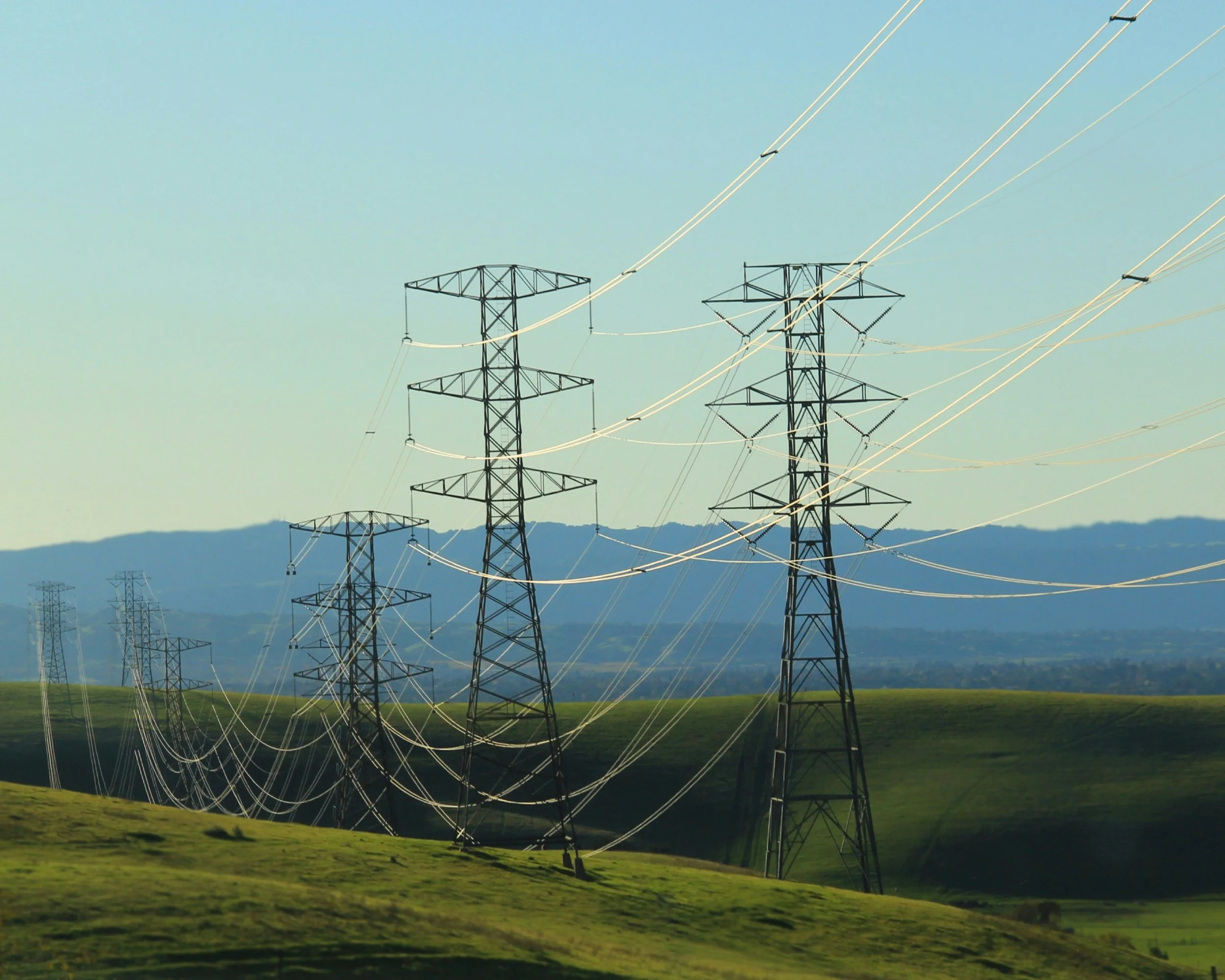Power Strain in 2025: How Aging Infrastructure and Rising Demand Are Challenging the U.S. Energy Grid
The U.S. power grid is under growing strain. Aging infrastructure, rising energy demand, and evolving consumption patterns are placing added stress on a system that was not designed for today’s complex energy landscape. As a result, power disruptions are becoming more frequent, energy costs are climbing and utilities face mounting pressure to maintain the balance between supply and demand.
At the same time, technological advancements such as artificial intelligence, electric vehicles, and electrification of industrial processes are significantly increasing energy consumption. This shift requires smarter, more adaptive strategies for managing grid reliability. Among the most practical and cost-effective solutions is demand response (DR), which enables businesses to adjust their energy usage, reducing—or at a minimum delaying—the need for costly infrastructure upgrades.
What’s Driving the Energy Crunch?
Much of the U.S. power grid was built between the 1950s and 1960s, with many components now operating well past their intended lifespan. Despite some upgrades, the grid still relies heavily on aging transmission lines, substations, and transformers. Recent failures—like Texas’s 2021 winter storm Uri and California’s annual record summer peaks—have exposed the fragility of this infrastructure, especially underextreme weather conditions. Heat waves and cold snaps trigger unpredictable demand spikes, pushing outdated systems far beyond their limits. The continued reliance on costly, fossil-fueled peaker plants highlights the urgent need for more flexible, intelligent energy management. These disruptions carry serious consequences, resulting in significant damage-related costs and leaving communities vulnerable without reliable access to power.
New industries and technologies are also reshaping energy demand. Data centers, particularly those powering artificial intelligence, are among the fastest-growing energy consumers, requiring large-scale, uninterrupted power. Electrification in transportation is also shifting utilization trends, with EV adoption expected to increase electricity demand by over 20% in some regions by 2035.
Demand Response as a Key Solution
Demand response has become a critical component in effective grid management. Unlike traditional supply-side solutions that focus on generating more electricity, DR programs optimize when and how electricity is used, reducing strain during peak hours without requiring new power plants or additional transmission lines.
These incentive-based programs have proven highly effective in reducing peak electricity demand and enhancing grid reliability. According to the American Council for an Energy Efficient Economy, utilities with extensive DR initiatives have reduced system peak demand by more than 10% when fully utilized.
Advancements in Demand Response Technology
Technology is reshaping demand response—making it smarter and more responsive. The integration of smart meters, AI-driven energy analytics, and IoT-enabled devices allows utilities and businesses to better anticipate and react to peak energy demand.
Automated Demand Response (Auto-DR) is becoming a critical component of modern grid management by monitoring real-time grid conditions and automatically adjusting energy consumption based on user-defined curtailment triggers. Auto-DR ensures a customized program that aligns with unique operational needs to minimize disruptions.
Grid-interactive buildings are emerging as active participants in energy management. By leveraging advanced energy management systems, commercial properties can adjust HVAC, lighting and industrial processes in response to pricing signals.
Virtual Power Plants (VPPs) are increasingly essential in balancing grid demand. By aggregating and coordinating distributed energy resources—like battery storage, solar panels, and microgrids—VPPs deliver flexible, decentralized energy that reduces strain on traditional infrastructure. When integrated with demand response, these assets enable utilities to shift from reactive to proactive grid management.
Regulatory & Market Drivers Supporting DR Adoption
Evolving policies and market structures are accelerating the adoption and implementation of demand response across the U.S. In recent years, federal and state programs have introduced incentives and mandates to encourage DR participation.
The Federal Energy Regulatory Commission Order 2222 has paved the way for demand-side resources to compete in wholesale energy markets, allowing businesses and consumers to play a larger role in grid management.
California mandates DR in utility planning, while Texas expands voluntary programs and evaluates stronger reduction goals.
Capacity markets are evolving to reward flexible energy consumption. As grid operators place greater value on DR, companies that adopt demand-side solutions are gaining a competitive advantage through cost savings and market participation.
The Path Forward: Strengthening Grid Resilience
The challenges facing the national power grid require a multi-layered approach. Infrastructure investments alone are not enough to address rising demand and evolving consumption patterns. Demand response has proven to be one of the most effective and scalable solutions, offering utilities a way to manage energy use without costly grid expansions.
As technology advances, innovations in AI, automation, and distributed energy resources will further enhance grid flexibility. Businesses, policymakers, and utilities must align their efforts to fully integrate demand-side resources into grid operations. The shift toward dynamic, real-time energy management will not only improve reliability but also pave the way for a more cost-effective and sustainable power system.
By embracing demand response, the U.S. can move toward a smarter, more resilient energy future—one that evolves with modern demands while maintaining grid stability. Enersponse is here to empower organizations to lead this transition, offering intelligent, automated demand response solutions that make participation seamless, scalable, and impactful. Contact us today to learn how you can be a part of the solution.

